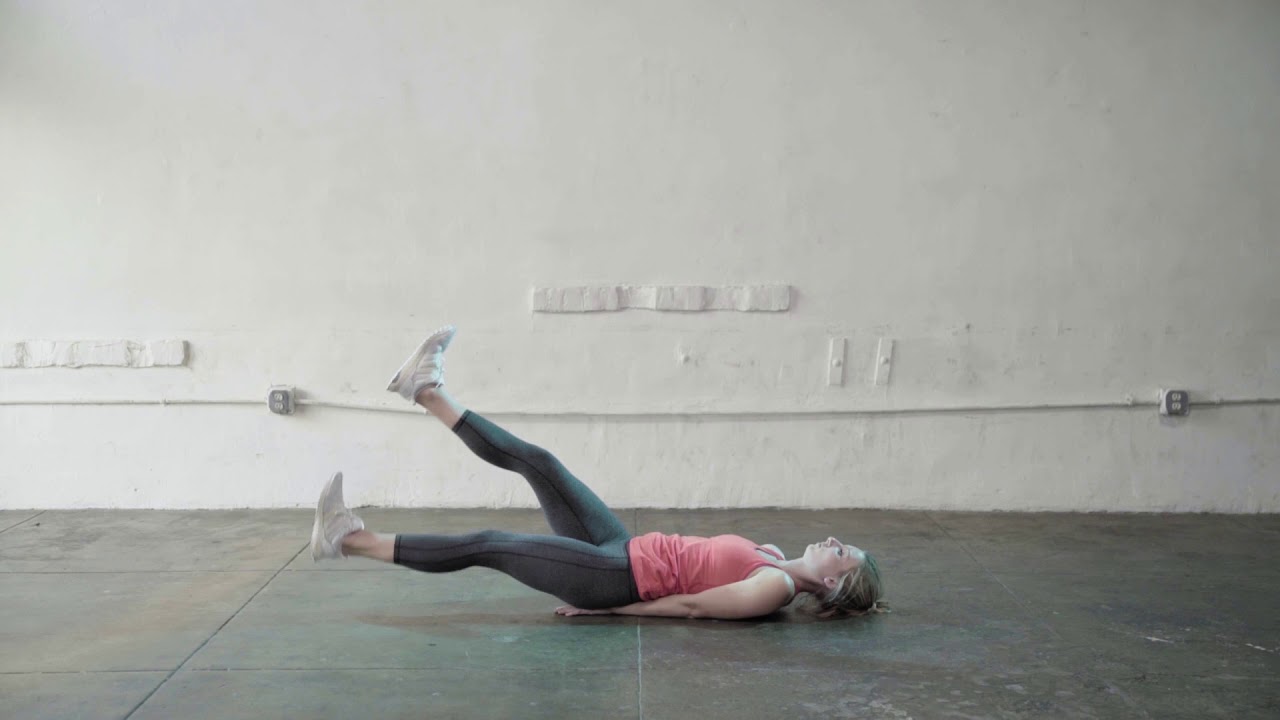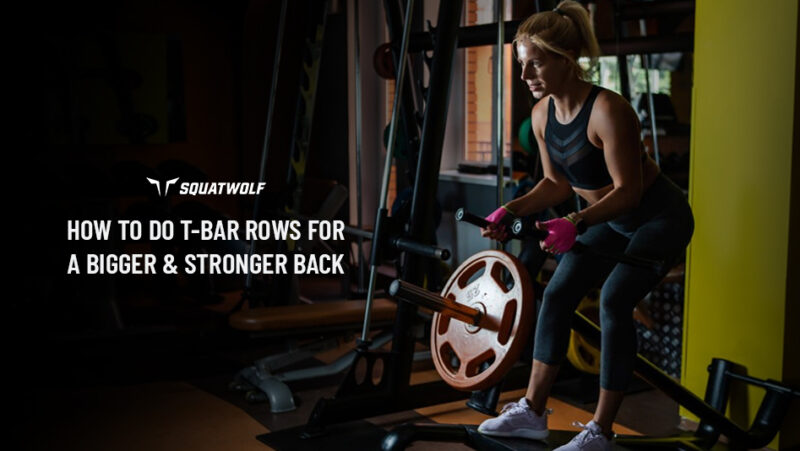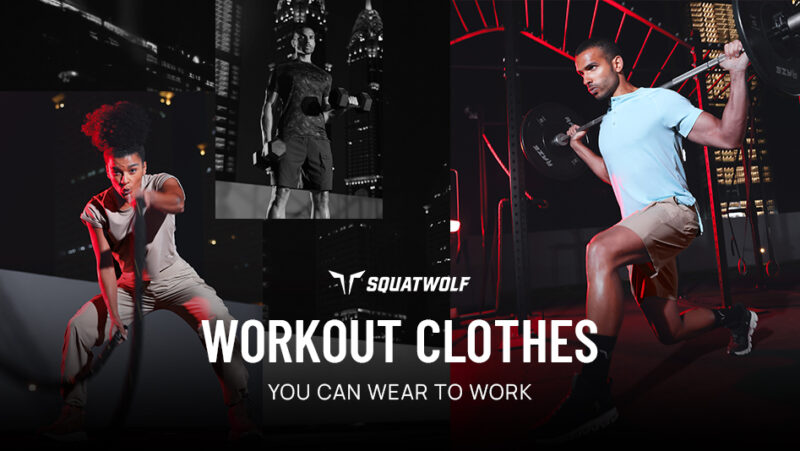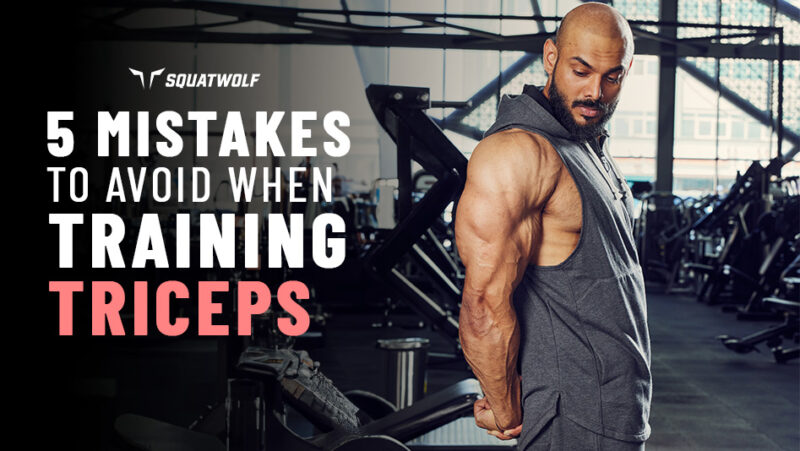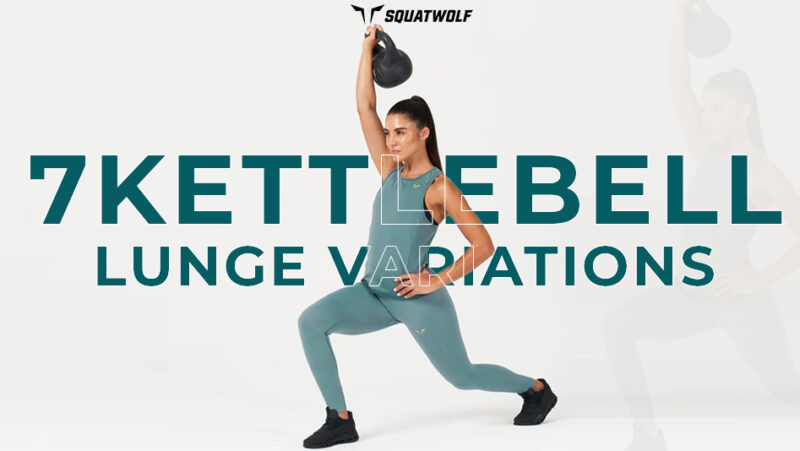If you’re struggling with a weak core, then it’s time to splash it up with your workout with flutter kicks! With the right technique, flutter kicks can be your surefire way to building abs that make you feel like a Dior model! This exercise works several parts of your core including your obliques, rectus abdominus, transverse abs along with your secondary muscles such as your quads, hip flexors and lower back.
Incorporate flutter kicks in your ab workout routine to chisel your core and feel like a superstar!
How To Do Flutter Kicks | Muscles Worked | Tips | Benefits | Variations | Workout Routine | Key Takeaways | FAQs
How To Do Flutter Kicks?
Flutter kicks are a bodyweight cardio exercise that work multiple muscle groups in your core. However, if you narrow it down to one group, then flutter kicks mainly work your lower abs, which makes them a great exercise if you’re trying to strengthen your core and flatten your belly.
Step-by-step method of doing flutter kicks with the right form:
- Lie Down with Your Back Flat: Make sure you’re comfortably laying down on a yoga mat or a soft surface
- Support Your Spine: with your palms flat, position them under your glutes or hip – this will give your pelvis stability and help you lift your body, especially as a beginner
- Engage Your Core: Tuck your upper abs inward and suck your belly button into your spine – this will activate your core and make sure you feel the movement in your abs.
- Elevate Your Legs: With your core tucked and braced, and your lower back flat against the ground, raise your legs upward. Aim to be at a 30° to 45° angle away from the ground – this should be your working position.
- Start Fluttering Your Kicks: In slow and controlled motions, and with your legs straight, start fluttering your legs as if you’re swimming – but in the air. You don’t need to move your legs too upwards, as long as you maintain a steady motion.
- Control Your Breathing: Make sure your breathing pattern is controlled and well-managed – inhale and exhale with every flutter.
- Counting Reps: Don’t underestimate this exercise. Either aim for as many flutter kicks as you can do in 40 seconds or count to 30 flutters on each leg.
Get those Wonder Woman level ‘11’ abs with these ab workouts for women.
What Muscles Do Flutter Kicks Work?

Flutter kicks primarily aim to build your core strength and agility in your legs. Here are the primary and secondar muscles worked:
- Primary Muscle Worked: Lower abs, hip flexors, and quads.
- Secondary Muscles Worked: Oblique (side abs), hamstring, and lower back.
Try these 10 killer oblique exercises to sculpt your core and get those toned abs.
Tips & Techniques: Perfecting Your Flutter Kicks
If you get the right technique in your flutter kicks, you’ll be able to prevent back strain. Without proper technique, flutter kicks won’t be as effective in helping you build abs.
Here are five essential tips:
- Keep Your Neck Neutral: Make sure your neck and spine are aligned and straight
- Hand Placement: Keep your palms flat against the ground and under your glutes. This will prevent lower back strain and help you power through your move.
- Keep Your Core Active: Make sure your core is braced and tucked in to keep it engaged. This also alleviates the strain from your lower back and keeps your workout effective.
- Control Your Movements: Control your upward and downward movement. This will help you activate your core muscles and keep the tension in them.
- Use a Yoga Mat: Make sure you’re laying on a yoga mat to avoid discomfort.
5 Benefits of Flutter Kicks
The burn you feel during flutter kicks is not just an indicator of you being on your way to having those chiseled abs – it’s a sign you’re investing in yourself. More than giving you those ripped abs, flutter kicks offer several benefits such as:
1. Strengthening Your Core
What makes flutter kicks such an amazing exercise is that they target multiple muscle groups that are within your core. From your lower abs, one of the hardest areas to target, to your upper abs and flexors, this exercise builds strength in each area. The stronger your core, the easier it is for you to do other exercises. And, you’ll also be able to lift heavy as well.
Get your dream 6 pack abs with these ab workouts at home.
2. Improving Muscle Balance and Stability
By strengthening your muscles, this exercise helps you build balance and stability all over. This facilitates your daily functionality, helping you do everyday tasks easily. This is why, flutter kicks are an important part of your functional training as well.
Improve your overall balance with these 10 stability ball exercises.
3. Enhancing Muscular Endurance
Beyond strength, flutter kicks pave the pathway for agility and endurance in your body. Because of muscular endurance, you’re able to improve your stamina as well as overall flexibility. This also trains your body to withstand sports-related or life-related strenuous physical activity.
Incorporate Hyrox exercises into your functional and endurance training.
4. Supporting Lower Back
Since your hip flexors and lower back are engaged during this exercise, it ends up strengthening your lower body muscles as well. This allows you to participate in daily activities such as walking, running and even standing without any extra strain. In addition, apart from improving your posture, this exercise also prevents you from health hazards in the future such as sciatica, lower back pain and etc.
Strengthen your lower back with yoga and Pilates. Learn which one’s better in the Pilates vs. Yoga debate.
5. Boosting Calorie Burning
Flutter kicks involve a lot of physical movement, which makes them not just a bodyweight ab exercise but also part of cardio training. This means you’re not just sculpting your abs, you’re also burning calories which leads to fat and weight loss.
Ramp up your routine and burn calories with this HIIT workout.
5 Variations of Flutter Kicks
Flutter Kicks has various similar exercises which target different muscle parts with different intensity.
1. Reverse Flutter Kicks
Reverse flutter kicks are done facing down usually on a bench or higher surface. It has more or less the similar impact as the normal ones.
2. Scissor Kicks
Scissor Kicks require little more elevation of your legs and are usually required for swimmers who are usually use side stroke technique.
3. Bicycle Kicks
Bicycle Kicks are bending your legs and bringing them closer to your body. More like riding a bicycle in the air.
4. Criss-cross kicks
Criss-cross kicks are moving the legs sideways and over lapping legs over another.
5 Day Flutter Kicks Workout Routine
| Day | Core Exercises | Overall Exercises | Reps | Sets | Rest (between sets) | Est. Calories Burned |
|---|---|---|---|---|---|---|
| Day 1 | Flutter Kicks, Plank | HIIT Cardio Circuit | 20 | 3 | 30 sec | 300-400 |
| Day 2 | Flutter Kicks, Russian Twists | Strength Training (Upper Body) | 20 | 3 | 30 sec | 250-350 |
| Day 3 | Flutter Kicks, Bicycle Crunches | Yoga (Vinyasa Flow) | 20 | 3 | 30 sec | 200-300 |
| Day 4 | Flutter Kicks, Reverse Crunches | Strength Training (Lower Body) | 20 | 3 | 30 sec | 300-400 |
| Day 5 | Flutter Kicks, Mountain Climbers | Pilates | 20 | 3 | 30 sec | 250-350 |
Key Takeaways
And that’s a wrap on the flutter kicks! They’re the perfect way for you to improve your core strength as well as overall fitness. In this guide, we’ve covered how you can do them, the muscles worked and some variations you can try! The only thing you need to keep in mind is – keep your back neutral and your core braced. Incorporate this exercise into your workout to get those shredded abs you dream of.
But, remember – you can’t build abs with workout alone. You also need to incorporate healthy habits in your daily life to build six pack abs!
FAQs
Simply lie down on the yoga mat with your back flat against the ground. Remember, you should not have an arch in your back as this could lead to lower back pain. Now, place your palms flat on the ground under your glutes – this will support your movement. With your legs straight and elevated, start fluttering them. Make sure you keep your toes pointed. During this movement, your core should be braced and tucked in for optimal core engagement. Set a 40-45 second timer and continuously do this movement. Make sure you’re wearing the right kind of workout clothes during this exercise for an unrestricted, full range of motion.
Yes, 30 minutes of core workout is more than enough, especially if you’re doing your workout with the right form and controlling each rep. in 30 minutes, you can build core strength and work multiple muscle groups within your core. What’s more is that, it is much better to do 30 minutes of core workout including lower abs workout regularly than to do longer durations of workouts inconsistently. To achieve your dream physique and get on your fitness journey, quality and consistency are more important than extensive periods of workout.
You should feel flutter kicks burning up your lower abs. if you don’t feel flutter kicks in your abs, it is because you’re executing the wrong techniques. This could be for several reasons such as not bracing or tightening your core, slouching or bending your legs, improper breathing pattern, arching your lower back, lack of support in your lower back, letting your neck hang and not controlling your movements or doing your movements too quickly.
Training your core paired with cardio and the right nutrition not only works in giving you an aesthetically pleasing 6 pack or 11 abs, chiseled and toned core, but also helps in your functionality. A stronger core helps you lift heavier weights, keeps your posture straight and proper, and gives you overall balance and stability. In addition, core training also strengthens your flexors, giving you mobility and agility. This eliminates the risk of injuries, prevents lower back pains and keeps you fit and active in the long run.
Continue Reading

